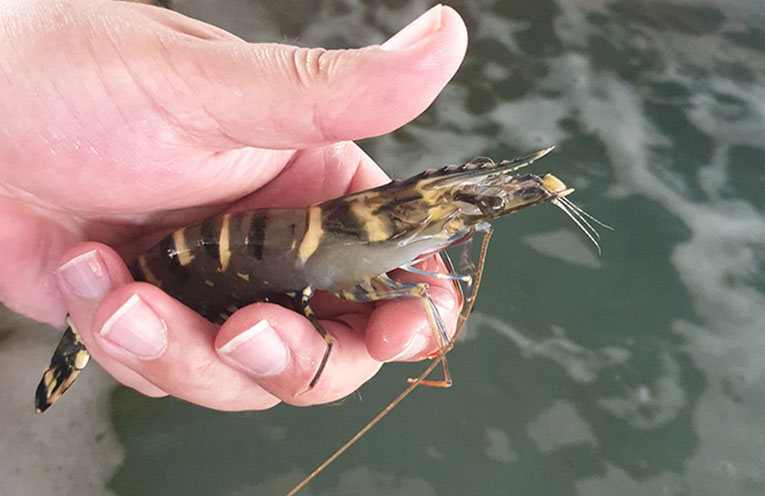
New research from Southern Cross University has highlighted the importance of managing the potential impacts of pesticide run-off in areas of intensive coastal agriculture.
 Advertise with News of The Area today.
Advertise with News of The Area today.It’s worth it for your business.
Message us.
Phone us – (02) 4981 8882.
Email us – media@newsofthearea.com.au
Researchers from the University’s National Marine Science Centre have demonstrated that imidacloprid, a neonicotinoid insecticide, can impact the feeding behaviour of prawns in a laboratory environment, leading to nutritional deficiency and reduced flesh quality.
“The sobering thing with this study is that it shows that the exposure of prawns to high concentrations of neonicotinoids can have such a significant impact,” said lead author and PhD candidate Peter Butcherine whose study focussed on adult black tiger prawns.
Mr Butcherine chose Imidacloprid as it is the most commonly used neonicotinoid insecticide being used extensively in domestic and agricultural applications.
Additionally, imidacloprid has been detected in Australian waterways as runoff from urban and agricultural areas.
Prawns and oysters are cultivated extensively in estuaries where runoff could introduce pesticides into the environment affecting productivity and sustainability.
Peter’s research provides evidence that exposure to imidacloprid, at environmentally-relevant concentrations in food or water, leads to decreased food consumption and a loss of weight, as well as changes in the lipid composition of the flesh.
“If they are not well managed, these chemicals have the potential to affect the productivity and sustainability of cultured and capture prawn fisheries.”
This latest study builds on Peter’s earlier work rreviewing the risk of neonicotinoid exposure to the shrimp aquaculture industry where he identified a significant problem with these water-soluble pesticides increasingly being detected in coastal waters worldwide.
Prawns and shrimp are in the same animal phylum (category) as insects and therefore share similarities in the nervous system that is the main target for neonicotinoids, explained Professor Kirsten Benkendorff, co-author and Director of the National Marine Science Centre based at Coffs Harbour.
“This means prawns and shrimp are highly vulnerable if they become exposed to high levels of neonicotinoids, either through contaminated water or feed, which often contains plant-based material,” Professor Benkendorff said.
“Our research identifies the need for effective management of pesticide use and run-off from intensive agriculture in coastal areas with productive seafood industries,” she said.
By: Sandra MOON
